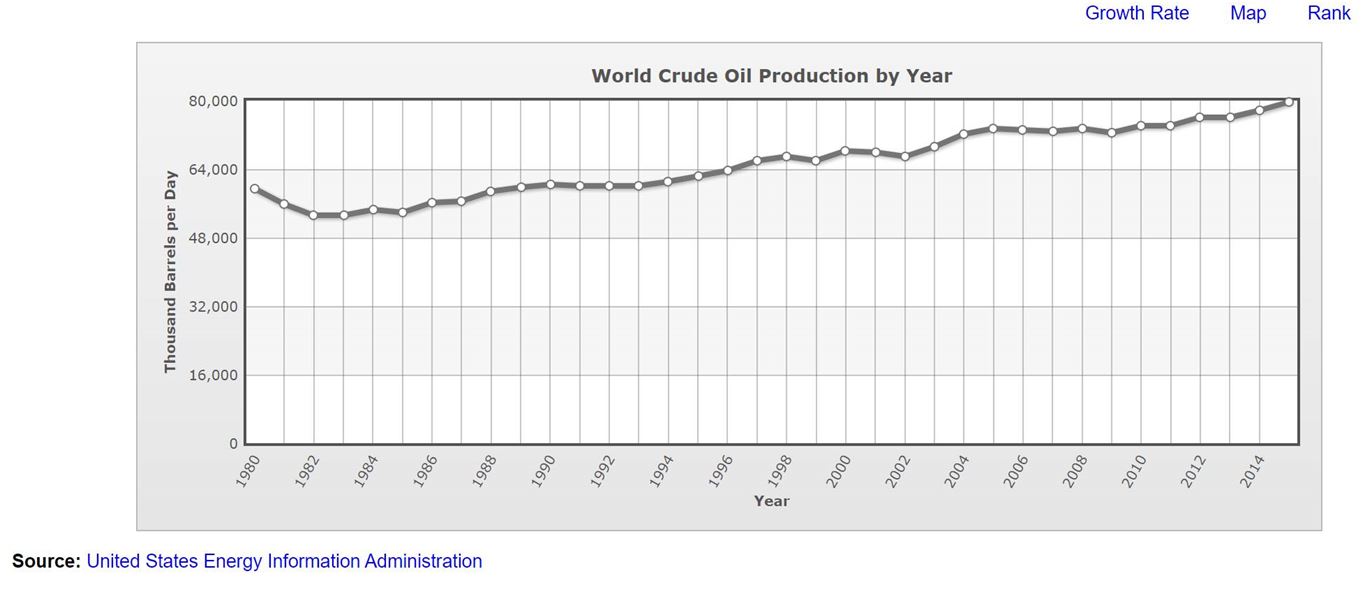 The adage then implies you are dying. This was attributed to many people for obvious reasons. Success implies things are getting better. Better in business generally implies you are getting bigger. We at Apogee have never defined success that way, but certainly celebrate successful growth as one metric, but learned early on that some business elements are winners and others are losers. You always have some losers you keep because extracting them just to pump up earnings tends to render you an incomplete provider of services.
The adage then implies you are dying. This was attributed to many people for obvious reasons. Success implies things are getting better. Better in business generally implies you are getting bigger. We at Apogee have never defined success that way, but certainly celebrate successful growth as one metric, but learned early on that some business elements are winners and others are losers. You always have some losers you keep because extracting them just to pump up earnings tends to render you an incomplete provider of services.
This is different than loss leaders that many companies use to “get you into the store.” They are things that attract you, usually because of a low price, that hopefully results in you buying other things there because you are already there.
Today’s world of electronic overload and talking heads use flamboyant language to play on common fears, and with today’s 401Ks more like 201Ks, a common fear is not having enough money set aside for retirement. Most of us have never really looked at our retirement accounts carefully, and when we do there can be a wakeup call about winners and losers.
Well, a recent news article about the TV personality who covers stocks caught my eye. It is Jim Cramer’s “Mad Money” who has declared fossil fuels dead. Read it for yourself.
You see these antics all the time. I wish they were all about thoughtful people trying to be helpful. I have concluded they are not. They are deliberate attempts to move stock prices using fear which then traders can detect and use to make windfall profits. These are truly evil acts. Here is how it works.
You take a commonly held long run belief: right now that is certainly the notion that the world is moving away from fossil fuels for a host of reasons. You then scare people to believe the sky is falling using some recent stock movements, implying that the “end is near” and it never is. The market responds and quickly. You then wait for it to settle at the bottom of the moody cycle and buy knowing it will return to the long term trend line. “The trend is your friend” is the rule for most trading organizations, and it is. Market moods especially scares cause short term deviations. Day traders just love these.
Look, folks, take a hard look at global oil production statistics. Yes, they may not be increasing, but it is not going out of style quickly. Yes, oil companies may now diversify to include renewables and energy efficiency investments to “green up” their appearances, but the majority of their business is still going strong, and will for many years.
One of our professional friends who mails things for people knows the long term trends on things being mailed, but still invests in the business because he is hoping that the others who mail things for people will go out of business. His strategy is to be the last mailing firm in business and then face the realities. His business is growing as a result.


 I know the title caught you off guard, but the research is in. We are cooling off. The “we” being human beings. The “normal” healthy body temperature of 98.6 degrees Fahrenheit is no longer normal. The average American’s body temperature has evidently dropped.
I know the title caught you off guard, but the research is in. We are cooling off. The “we” being human beings. The “normal” healthy body temperature of 98.6 degrees Fahrenheit is no longer normal. The average American’s body temperature has evidently dropped. 
 Perhaps you have been watching the Disney Plus online movies which include the series called The Mandalorian. He is a bounty hunter in the Star Wars series who takes a liking to one of his assignments: finding and rescuing what looks like the baby form of Yoda we all know in that series. The baby, by the way, is 50 years old, but given that the Yoda species can live 1,000 years or more, I guess this still qualifies as a baby.
Perhaps you have been watching the Disney Plus online movies which include the series called The Mandalorian. He is a bounty hunter in the Star Wars series who takes a liking to one of his assignments: finding and rescuing what looks like the baby form of Yoda we all know in that series. The baby, by the way, is 50 years old, but given that the Yoda species can live 1,000 years or more, I guess this still qualifies as a baby.
 We really need to all take a deep breath and step away from the abyss. Breath out … breath in … breath out … breath in.
We really need to all take a deep breath and step away from the abyss. Breath out … breath in … breath out … breath in.
 Most of us are aware of the image of how the laws of supply and demand work. We often attribute the phrase “invisible hand” to Adam Smith and use it as an illustration of how efficient markets work. Very few would argue that efficient markets are better in the long run than regulated markets, but almost everyone is aware of the dangers of free markets: price spikes when demand exceeds supply in the short run. We are all seeing this in hand sanitizer, face masks, and even toilet paper. Few, however, study the damage done when supply greatly exceeds demand, and prices plummet or can even go negative. That is happening in our wholesale electricity markets at times when solar plus must run generation resources exceed the demand. It happens for hundreds of hours a year in many places in the US.
Most of us are aware of the image of how the laws of supply and demand work. We often attribute the phrase “invisible hand” to Adam Smith and use it as an illustration of how efficient markets work. Very few would argue that efficient markets are better in the long run than regulated markets, but almost everyone is aware of the dangers of free markets: price spikes when demand exceeds supply in the short run. We are all seeing this in hand sanitizer, face masks, and even toilet paper. Few, however, study the damage done when supply greatly exceeds demand, and prices plummet or can even go negative. That is happening in our wholesale electricity markets at times when solar plus must run generation resources exceed the demand. It happens for hundreds of hours a year in many places in the US.